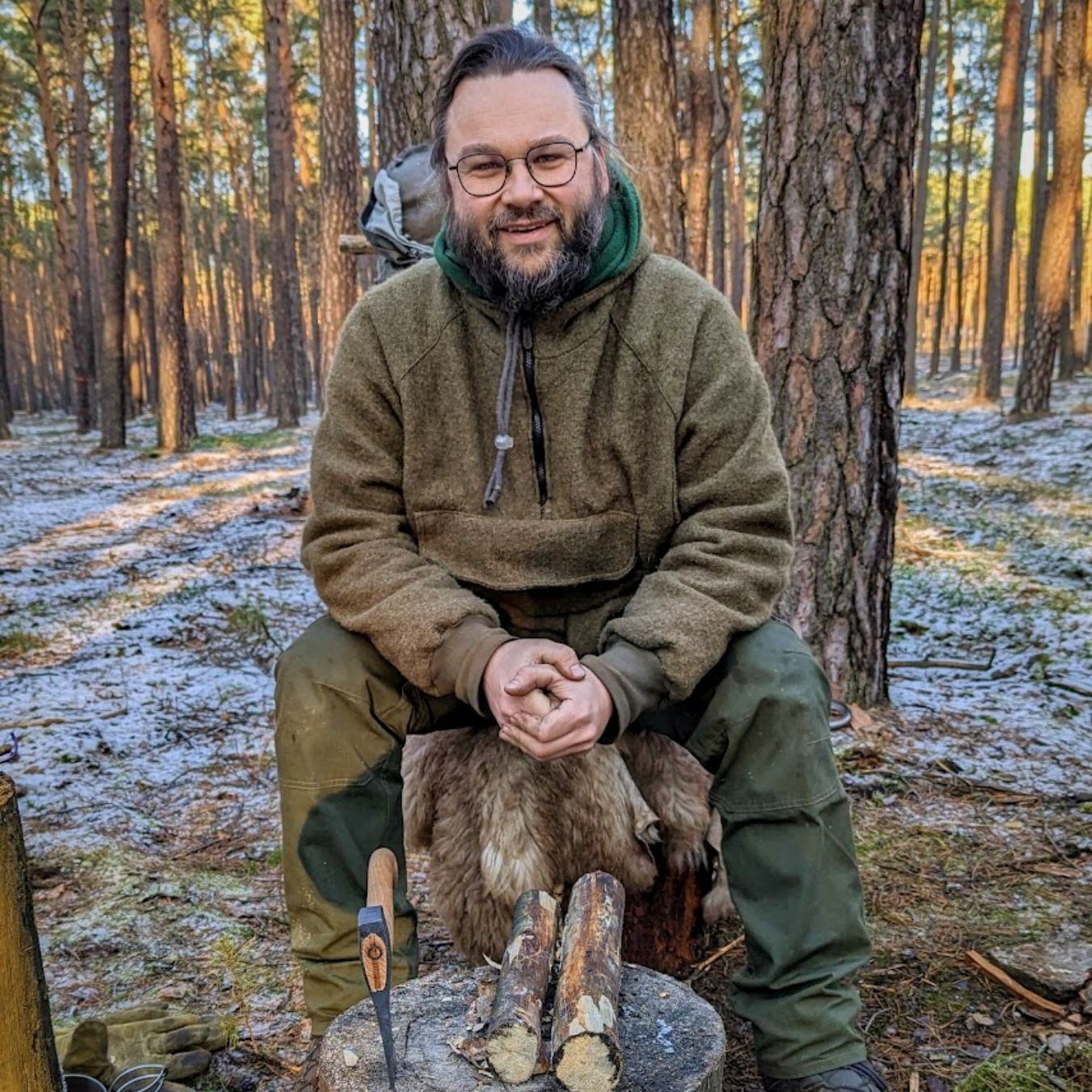
injuries
Substantiv/Nomen
Meaning
Injuries are physical harm or damage to the body that can occur during outdoor activities such as survival, bushcraft, camping, hiking, and wilderness exploration. They can range from minor cuts and bruises to more serious conditions like fractures, sprains, or even life-threatening situations. In the outdoor realm, injuries can happen due to accidents, falls, encounters with wildlife, or exposure to extreme weather conditions. It is crucial for outdoor enthusiasts to have basic first aid knowledge and carry a well-equipped first aid kit to treat injuries promptly and effectively. Proper preparation, caution, and awareness can help minimize the risk of injuries in outdoor adventures.

Examples
„I've seen my fair share of injuries in the wild. From cuts and bruises to sprained ankles and broken bones, accidents can happen when you're out in nature. But with the right knowledge and skills, you can effectively treat and prevent injuries. Here are five examples of how the word "injuries" can be used in sentences: 1. "Hey, I heard you fell while hiking yesterday. Are your injuries serious?" 2. "During our survival training, we learned how to assess and treat common wilderness injuries." 3. "It's important to have a well-stocked first aid kit when camping to handle any minor injuries." 4. "I twisted my ankle while crossing a rocky stream, but luckily it was just a minor injury." 5. "Proper gear and techniques can help minimize the risk of injuries during outdoor activities."“
„Injuries can range from minor cuts and bruises to more serious sprains and fractures. It's crucial to be prepared and know how to handle these situations in the wilderness. Whether you're hiking, camping, or engaging in any outdoor activity, being aware of potential injuries and having the necessary skills to address them can make all the difference.“
Origin
The word "injuries" originates from the Latin word "injuria," which means "injustice" or "wrong." It has its roots in the concept of harm or damage caused to a person's body or well-being. Over time, the word has evolved to specifically refer to physical harm or wounds sustained by an individual.
Synonyms
Wounds, Damages, Harm, Trauma, Hurts, Afflictions, Lesions, Impairments
Antonyms
Healing, Recovery, Wellness, Health, Soundness, Wholeness, Fitness, Well-being
Relatives
Wounds, Trauma, Accidents, First aid, Medical emergencies, Fractures, Sprains, Burns
Historical and cultural importance
Injuries have always been a significant aspect of human existence, shaping our history and culture in various ways. Throughout time, injuries have played a crucial role in the development of medical knowledge and practices, as well as in the evolution of survival techniques.
In ancient civilizations, injuries were often seen as a result of divine punishment or supernatural forces. Healing methods were based on spiritual rituals and herbal remedies, passed down through generations. As societies progressed, injuries became better understood, and medical knowledge expanded.
During times of war, injuries have had a profound impact on societies. The study of battlefield medicine and the development of emergency medical techniques have saved countless lives. The experiences of soldiers and their injuries have also influenced art, literature, and music, providing a glimpse into the harsh realities of conflict.
Injuries have also shaped our cultural understanding of resilience and survival. Stories of individuals overcoming severe injuries have inspired and captivated people throughout history. These tales of survival have become part of our collective consciousness, reminding us of the strength of the human spirit.
Today, injuries continue to shape our lives. The advancements in medical science and technology have revolutionized the treatment and prevention of injuries. The field of sports medicine focuses on preventing and rehabilitating injuries in athletes, allowing them to continue pursuing their passions.
Understanding the historical and cultural significance of injuries helps us appreciate the progress we have made in the field of medicine and survival. It reminds us of the importance of taking care of ourselves and others, and the resilience of the human body and spirit.
More information about the term injuries
Understanding Injuries in the Wilderness
When venturing into the wilderness, injuries can happen unexpectedly. As a survival enthusiast, it is crucial to understand the types of injuries that can occur and how to handle them effectively. In this article, we will explore common wilderness injuries and provide essential tips for managing them.
Cuts and Abrasions
Cuts and abrasions are some of the most common injuries in the wilderness. They can occur while hiking, handling tools, or even during campsite setup. When faced with a cut or abrasion, it is important to clean the wound thoroughly to prevent infection. Use clean water and mild soap if available, or an antiseptic solution if you have it in your first aid kit. Apply a sterile dressing or bandage to protect the wound from dirt and bacteria.
Sprains and Strains
Sprains and strains can happen when navigating uneven terrain or engaging in physically demanding activities. If you twist or overextend a joint, it can result in pain, swelling, and limited mobility. To treat a sprain or strain, remember the acronym R.I.C.E.: Rest, Ice, Compression, and Elevation. Rest the injured area, apply ice to reduce swelling, use a compression bandage to support the joint, and elevate the limb to minimize swelling.
Bites and Stings
Encounters with insects, spiders, snakes, or other wildlife can lead to bites and stings. It is important to identify the type of bite or sting to determine the appropriate course of action. If you are bitten by a venomous snake or stung by a dangerous insect, seek medical help immediately. For less severe bites and stings, clean the area with soap and water, apply a cold compress to reduce swelling, and consider taking an antihistamine to alleviate itching or allergic reactions.
Heat and Cold-Related Injuries
Extreme temperatures can pose significant risks in the wilderness. Heatstroke, heat exhaustion, hypothermia, and frostbite are all potential dangers. To prevent heat-related injuries, stay hydrated, seek shade, and wear appropriate clothing. In cold conditions, dress in layers, insulate yourself from the ground, and keep dry to avoid hypothermia and frostbite. If someone shows signs of a heat or cold-related injury, move them to a safe location, provide shelter, and seek medical assistance if necessary.
Conclusion
Being prepared for injuries in the wilderness is essential for any survival enthusiast. By understanding the types of injuries that can occur and knowing how to manage them, you can ensure your safety and the safety of others. Remember to always carry a well-stocked first aid kit and educate yourself on wilderness first aid techniques. With the right knowledge and preparation, you can confidently navigate the challenges of the wilderness and enjoy your outdoor adventures to the fullest.
Back to overview

